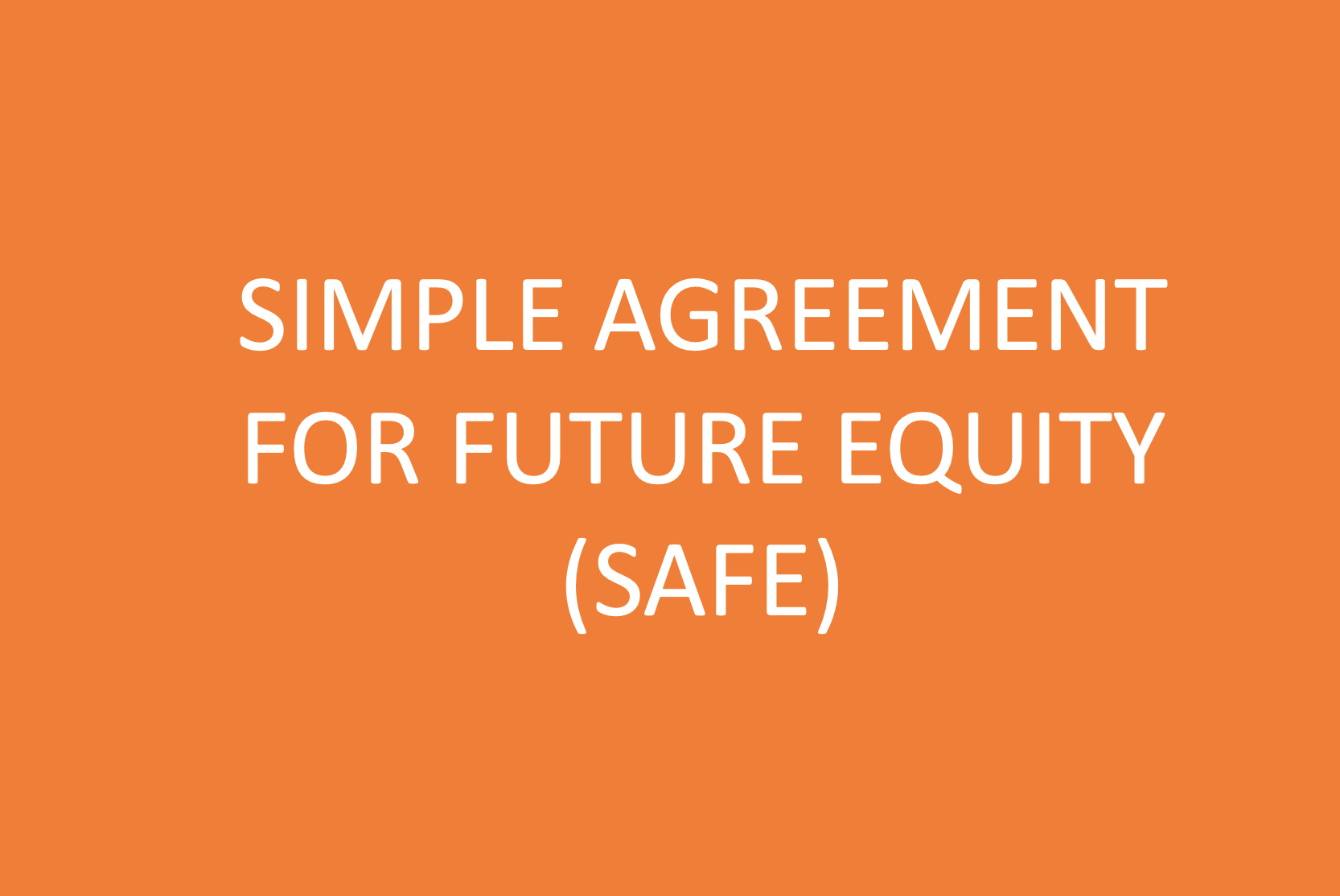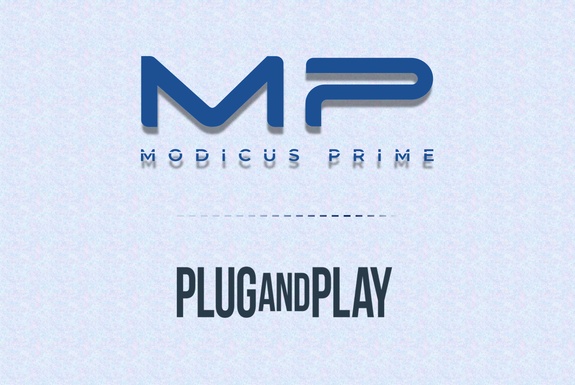
Pre-Seed, or Not Pre-Seed - That is the Question
When it comes time to start fundraising for your startup, numerous questions arise: Should I raise a Pre-Seed round or a Seed round? Should I do a priced round or a SAFE round? When should I do a Pre-Seed extension vs a Seed round?
Below are some considerations for early-stage startup founders when embarking upon the fundraising journey.
Pre-Seed vs Seed
The nomenclature here is not important, but the financial instrument used for the fundraising found is very significant. The most straightforward way to begin fundraising is by raising a SAFE round. SAFE rounds allow you to raise funds on a rolling basis, which is not a luxury afforded to you in a priced equity round. Pre-Seed rounds are commonly SAFE rounds, and Seed rounds are often priced equity rounds.
The most founder-friendly way to raise initial funds is to keep away from debt financing, e.g. convertible notes. A Pre-Seed SAFE round is therefore a highly strategic way to begin fundraising. Typically, a founder will begin raising with a conservative fundraising goal, e.g. $250K. The reasoning behind this magnitude is not rooted in the total amount of capital you require to run your company - the initial magnitude depends on the investors who have committed to your round. If you have $0 closed in your round and start raising a $1.5M Pre-Seed SAFE round, investors are less likely to bite because you have no prior validation from investors. So the best way to inch forward during your Pre-Seed SAFE round is to start with $250K, and once you’ve closed and are oversubscribed, extend the round to $500K, and so forth. In this manner, you are building momentum from investments while keeping manageable fundraising expectations. In addition, early-stage founders can leverage these pre-seed extensions when they are still building out their product and honing customer engagement strategies. Pre-Seed SAFE rounds are flexible. The key to raising a Pre-Seed SAFE round in this manner is tying each of your Pre-Seed extensions to specific company milestones. Build a good track record by meeting each of your company’s milestones with the amount of capital you raise. Otherwise you may not have enough traction to continue raising a SAFE round with Pre-Seed extensions.
This approach differs if you were to immediately raise a priced Seed round - raising on a rolling basis, in this case, is not an option.
Pre-Seed Extension vs Seed Considerations
As previously discussed, a Pre-Seed extension can be easier to raise quickly because it has a ‘me too’ effect on investors - you will have already raised X% of your total round (now extended), which is nice validation for investors. The Series A clock starts ticking once you’ve closed that priced Seed round. If you think you can get away with an extension round and still reach the same company milestones, postpone the Seed until you’re raising from a position of strength i.e. higher valuation, easier to get VCs to compete with term sheets, etc. If you raise a priced Seed too early, you also risk having to raise a so-called Bridge round if you require more funding, which may not have desirable founder terms due to your lack of leverage. The highest fundraising failure rate for startups occurs between Seed and Series A, so build momentum before you land your Seed round to make it to the top of that Series A hill!












